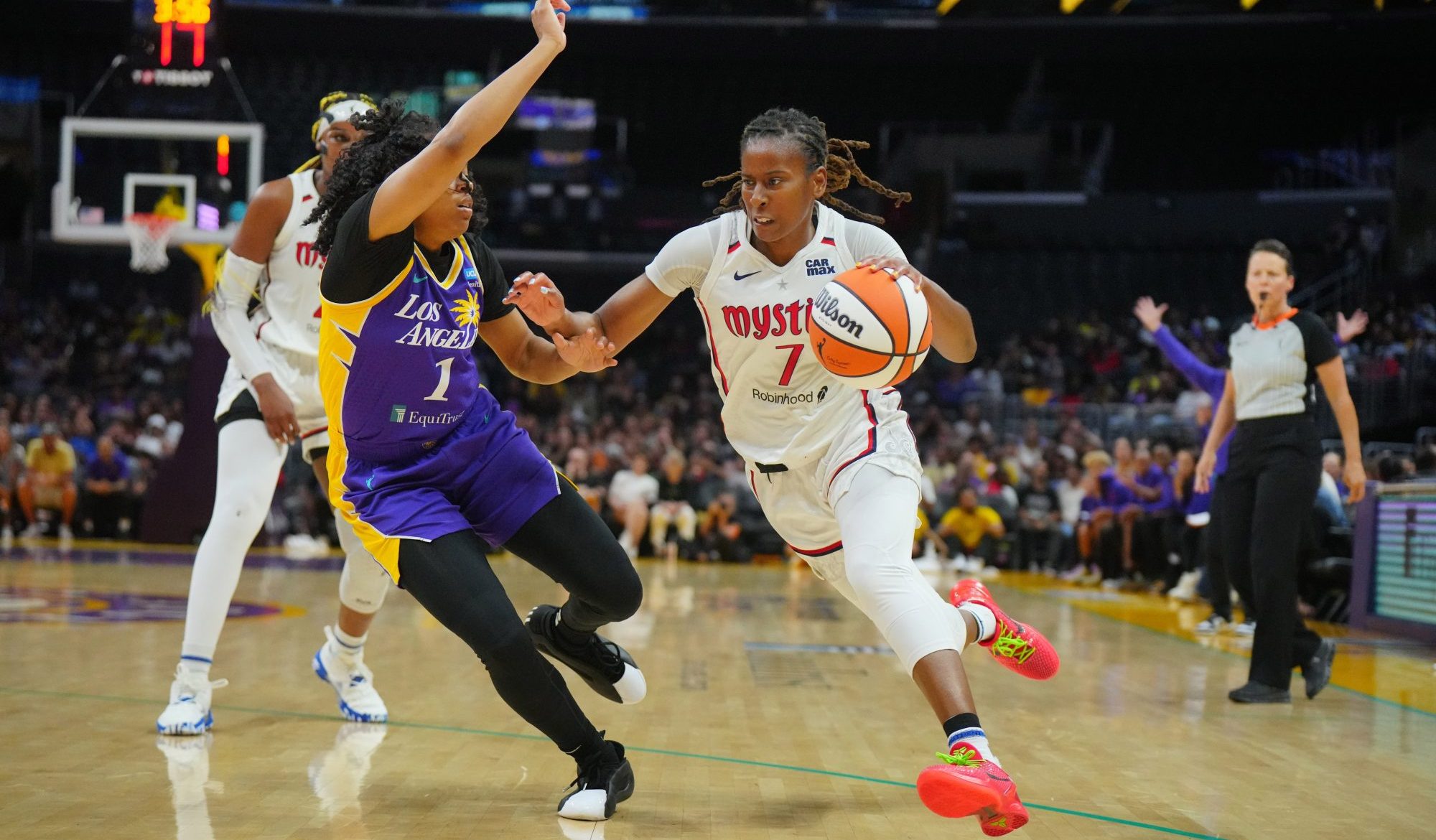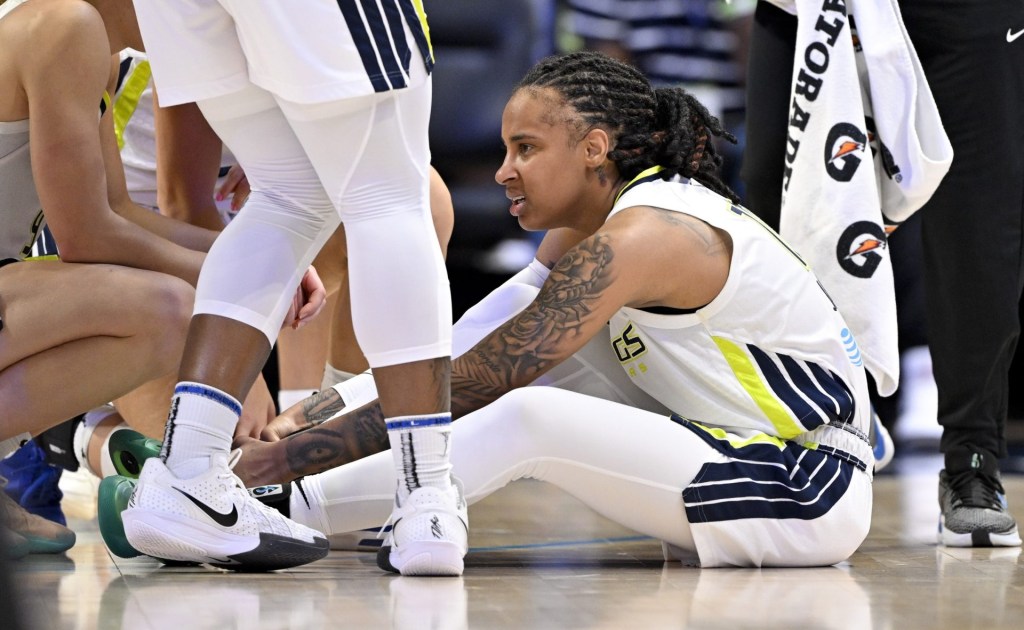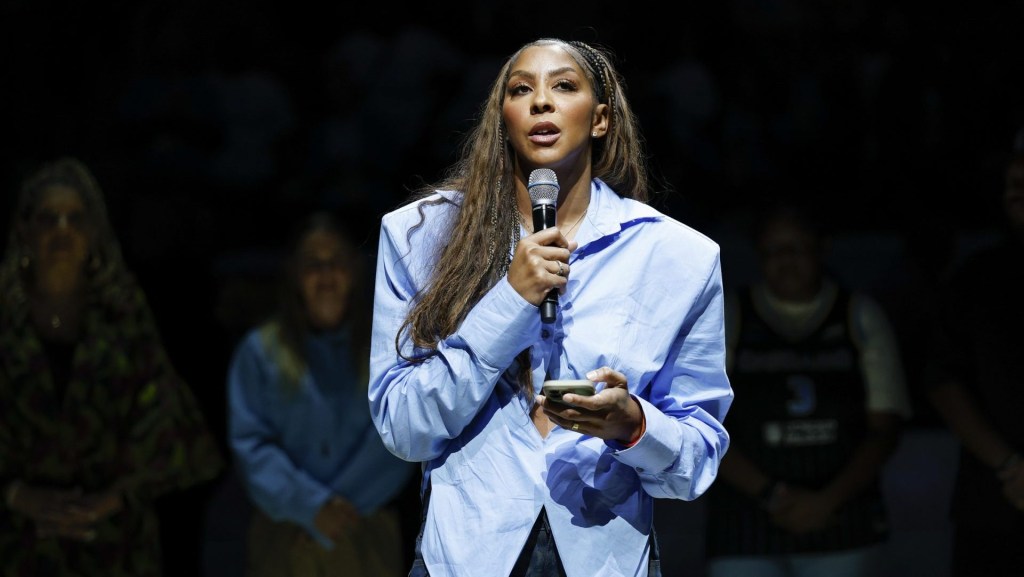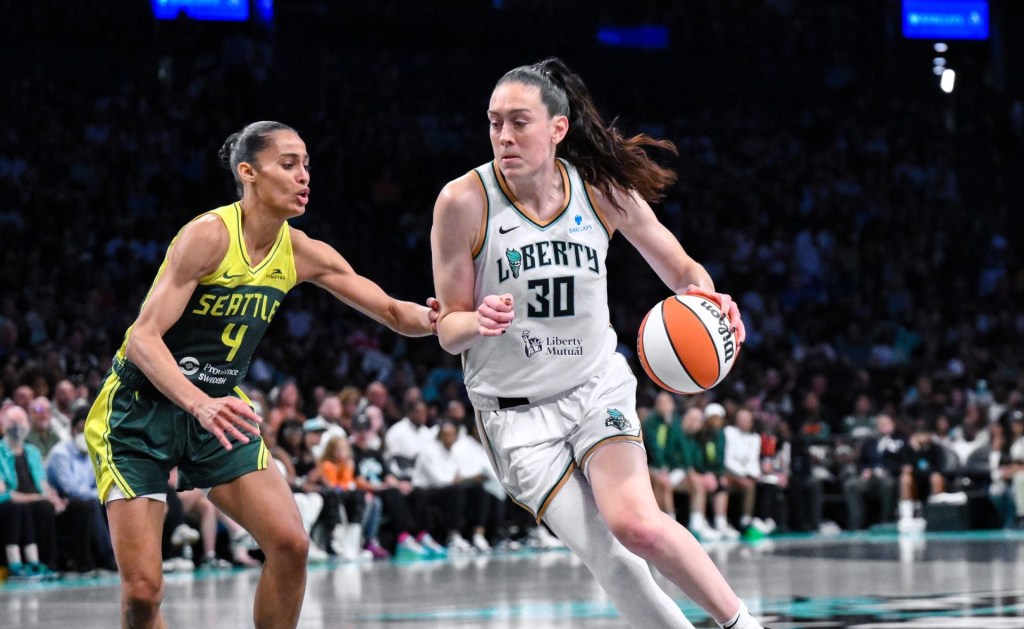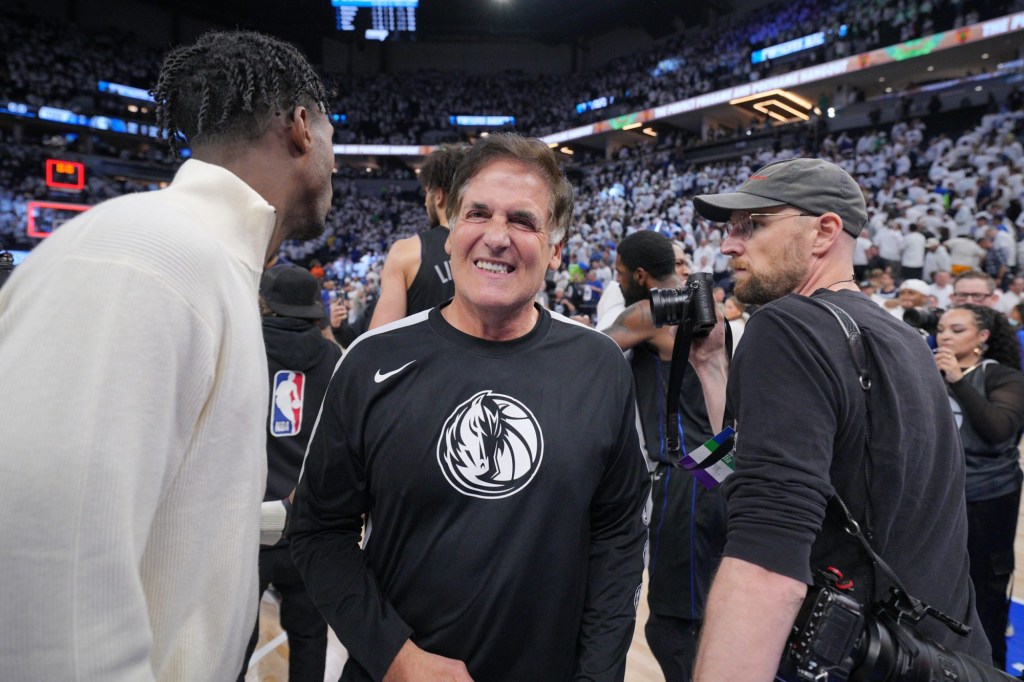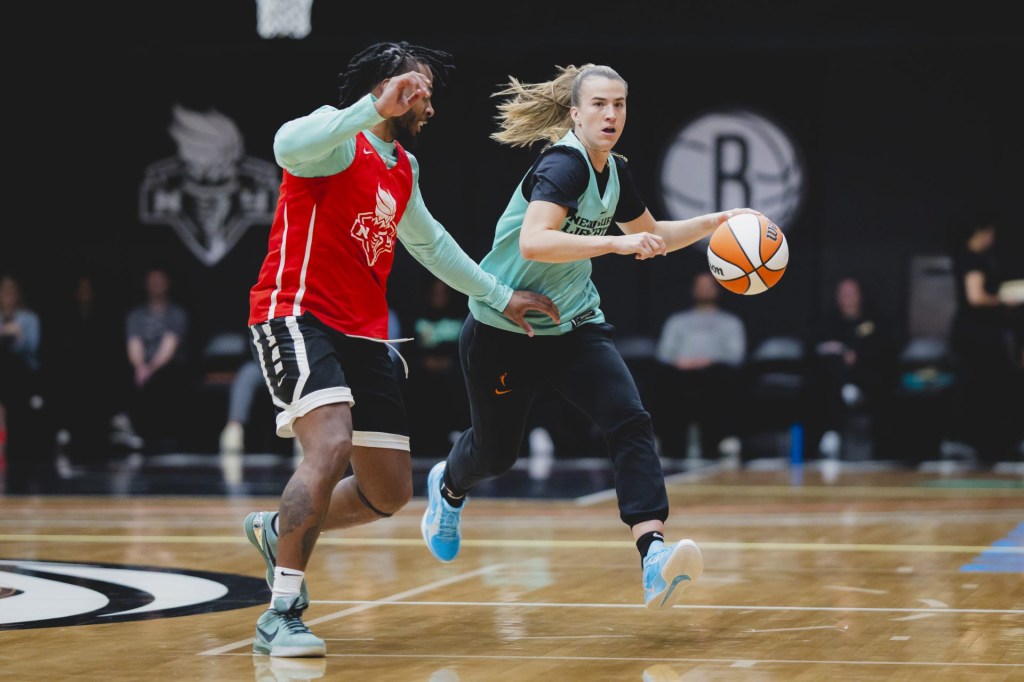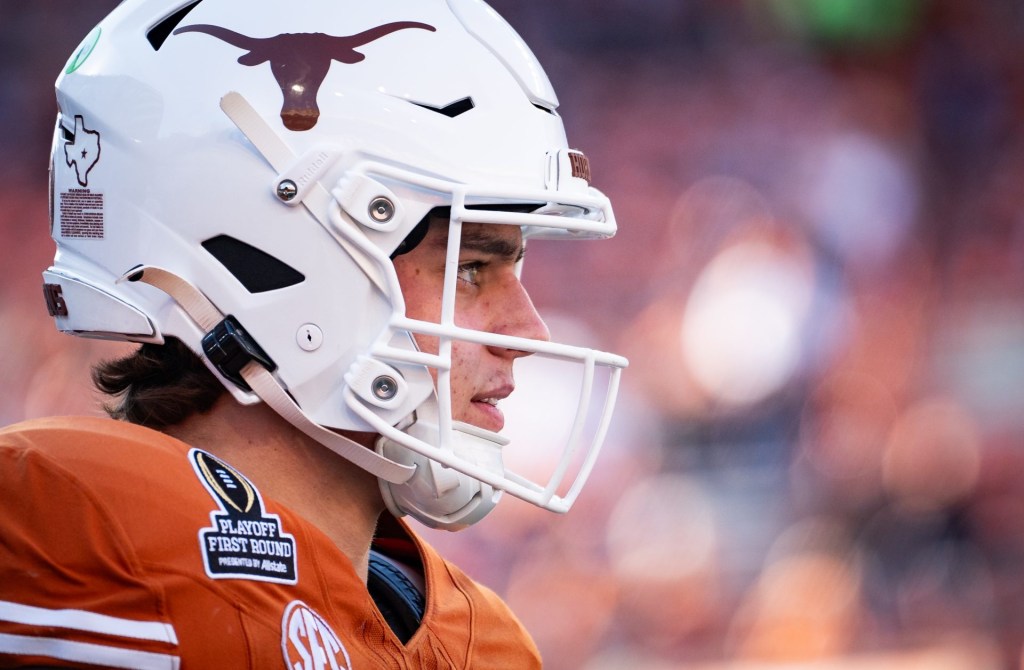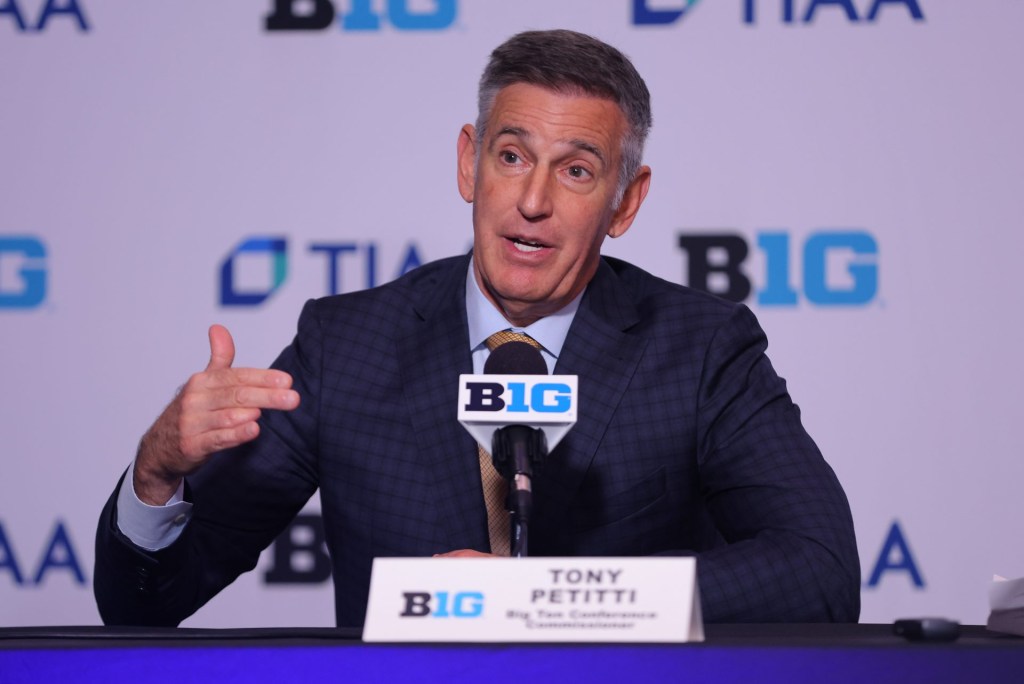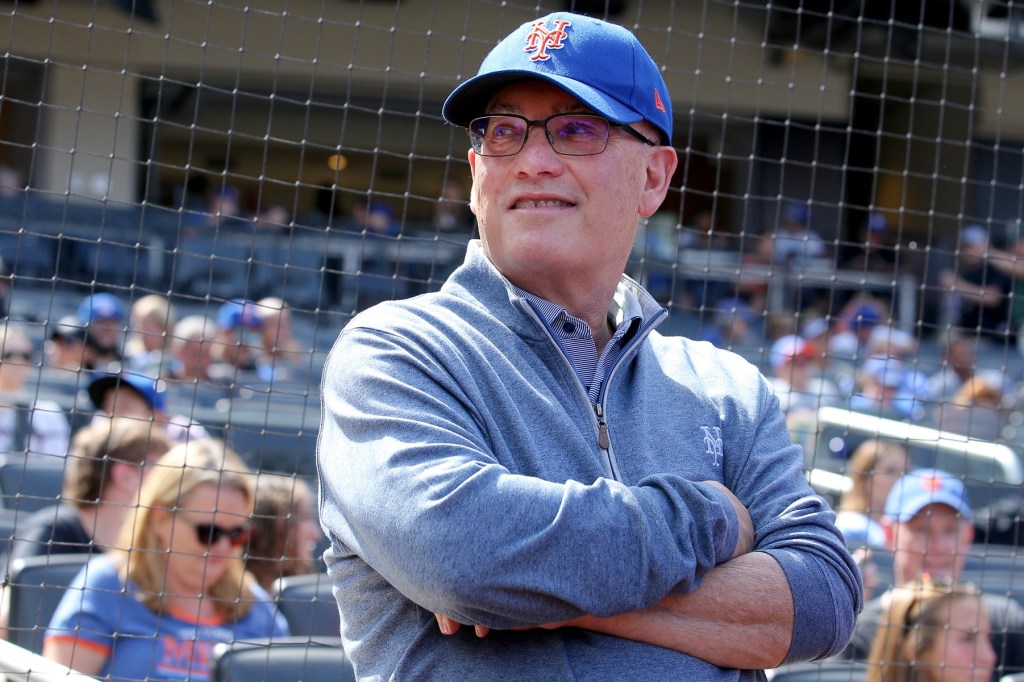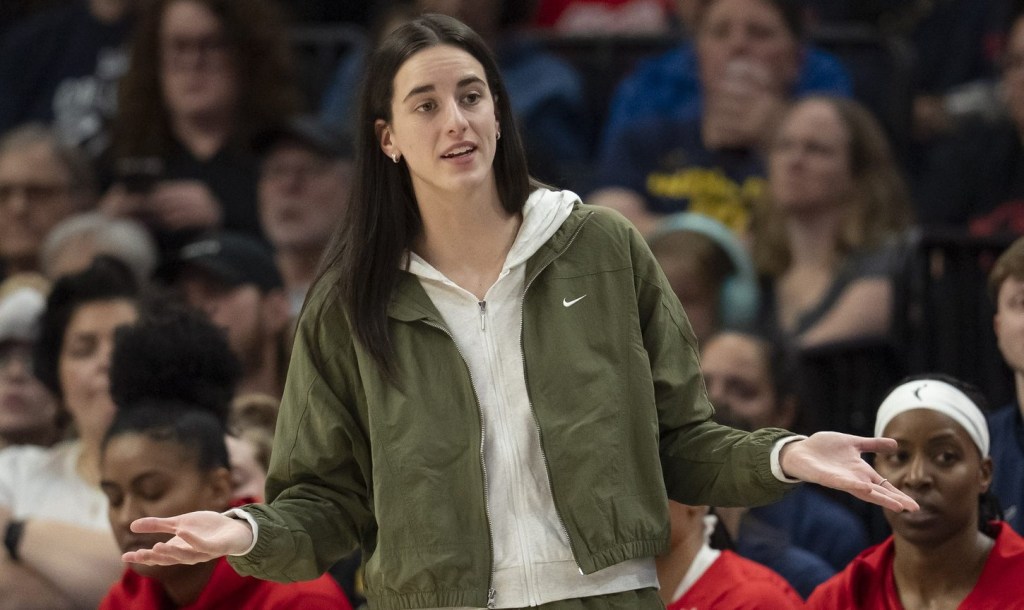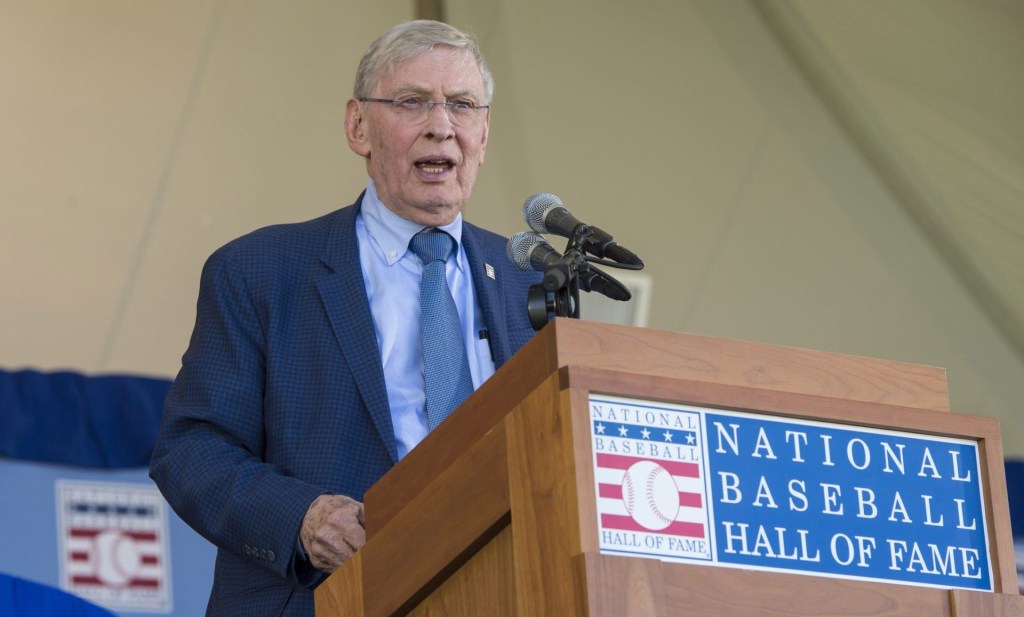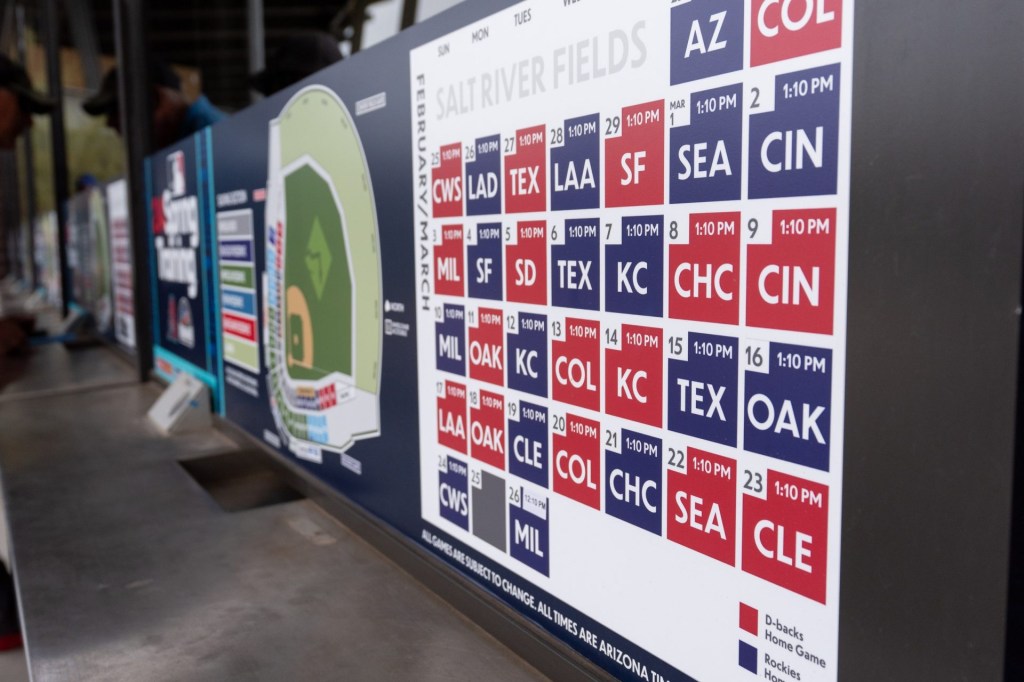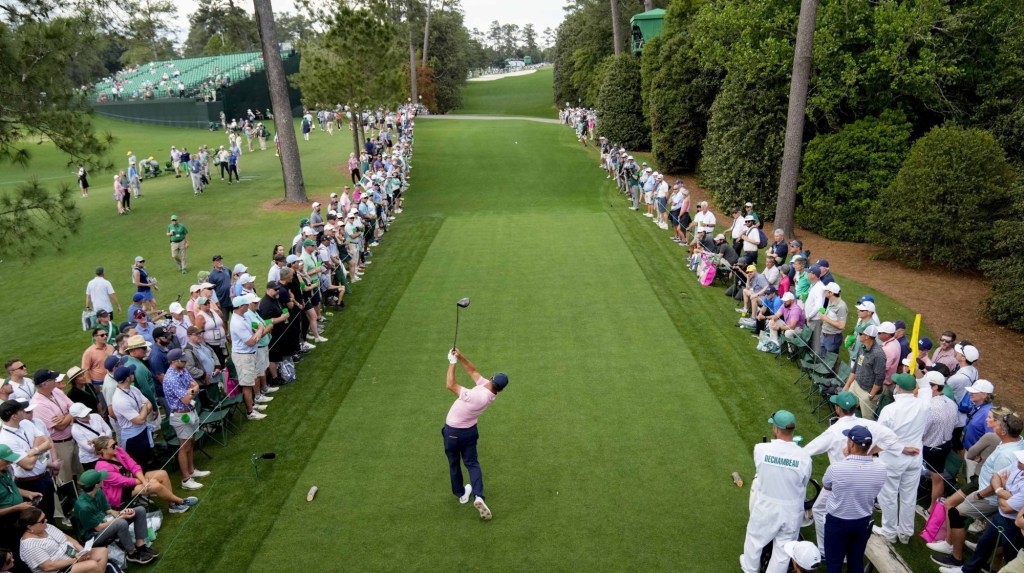The WNBA offseason has featured a ton of movement but has quieted down in recent weeks. That was until Sunday night when the Chicago Sky and Washington Mystics executed a blockbuster trade that sent two-time All-Star guard Ariel Atkins to Chicago in exchange for the No. 3 pick in the 2025 draft as well as 2027 pick swaps in the first and second rounds.
The trade signaled a full rebuild for the Mystics—as Atkins was the remaining piece of the team’s 2019 championship roster—while the Sky’s acquisition of the 28-year-old showed its desire to mount a playoff push this year.
While Atkins is a proven player, Chicago’s move seems questionable on the surface, as the team gave up significant draft capital. With its young core led by Angel Reese and Kamilla Cardoso, Chicago does not look ready to compete with the star power of teams like the New York Liberty and Las Vegas Aces.
But the Sky are not the only team that missed the playoffs last season and gave up a high draft pick to invest in a win-now player. Last month, the Los Angeles Sparks, who finished with the worst record in the WNBA last season, traded the No. 2 pick for 30-year-old Kelsey Plum.
Making Sense of a Win-Now Move
Mortgaging young assets is normally a risky recipe, but in the WNBA, these win-now moves are an indication of the uncertainty surrounding the league next offseason. The 2026 free-agency class will feature virtually every WNBA player who isn’t on a rookie deal, meaning the league could completely flip on its head.
For instance, all four Aces All-Stars—A’ja Wilson, Chelsea Gray, Jackie Young, and Jewell Loyd—will be free agents next season. The team could, theoretically, go from contender to cellar dweller in one year. Broadly, 21 of the league’s 24 All-Stars are slated to be free agents, and the other three are on rookie deals.
So for teams like the Sky and Sparks, a chance to compete this year could provide the financial benefit of bringing fans to seats while also complementing their young stars (Cameron Brink and Rickea Jackson for Los Angeles) with competent veterans to aid their development.
The 2026 season is also when a new CBA is expected to drastically change player salaries and potentially significantly raise the league’s salary cap. This could mean cap space for all teams, so teams would have to set themselves apart with their recruiting pitch.
Both Chicago and Los Angeles are attractive markets, and the franchises are set to open new practice facilities—an important component in recruiting free agents in the WNBA. The Sky’s $38 million facility is expected to open in December, while the Sparks announced plans for a practice facility in November, though no timeline has been released.
“I know that this franchise is extremely, extremely valuing the opportunity to support players in the way that they can, and I’ve seen that firsthand,” Plum said in her introductory press conference with the Sparks earlier this month.
The potential 2026 free-agency chaos doesn’t completely justify the Sky also trading a first-round pick swap in 2027—the year USC star JuJu Watkins will be draft-eligible. But it is another indication of how teams are operating amid the uncertainty in the WNBA.
